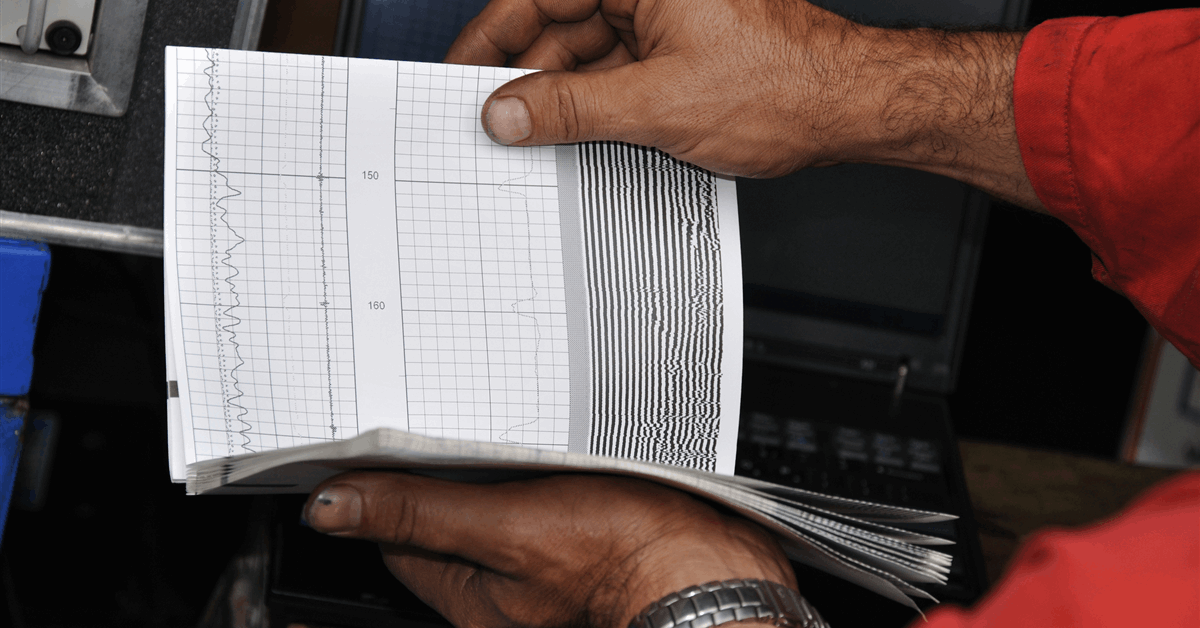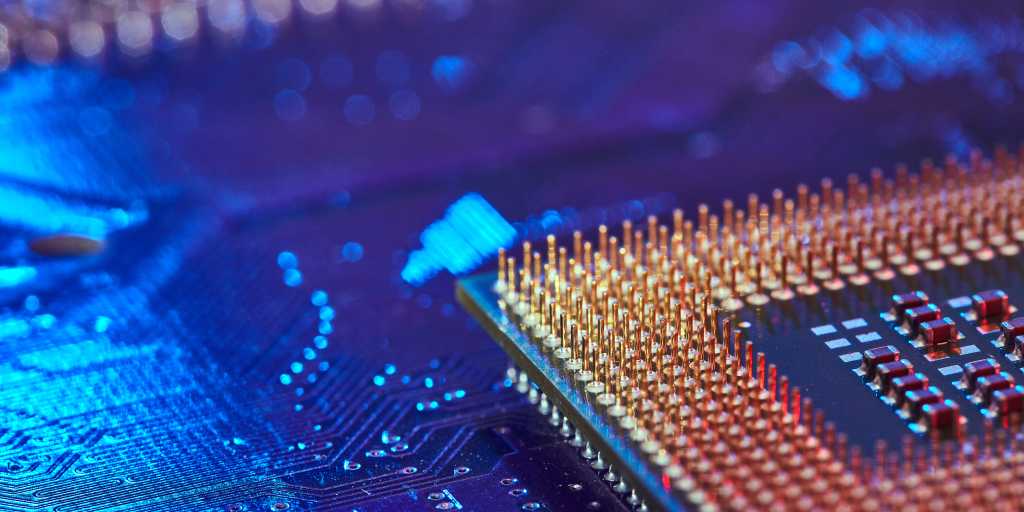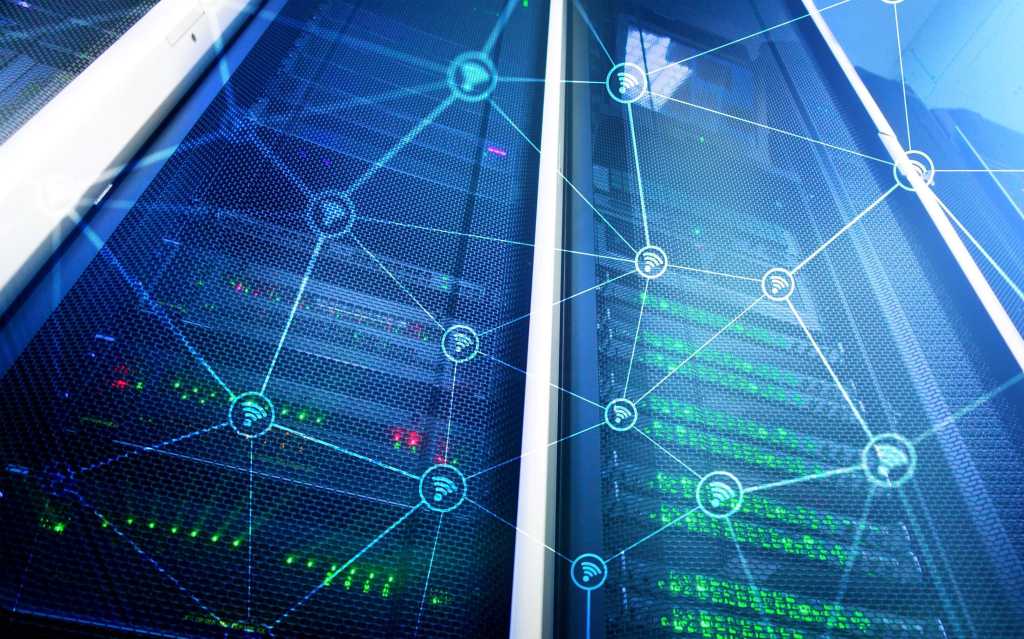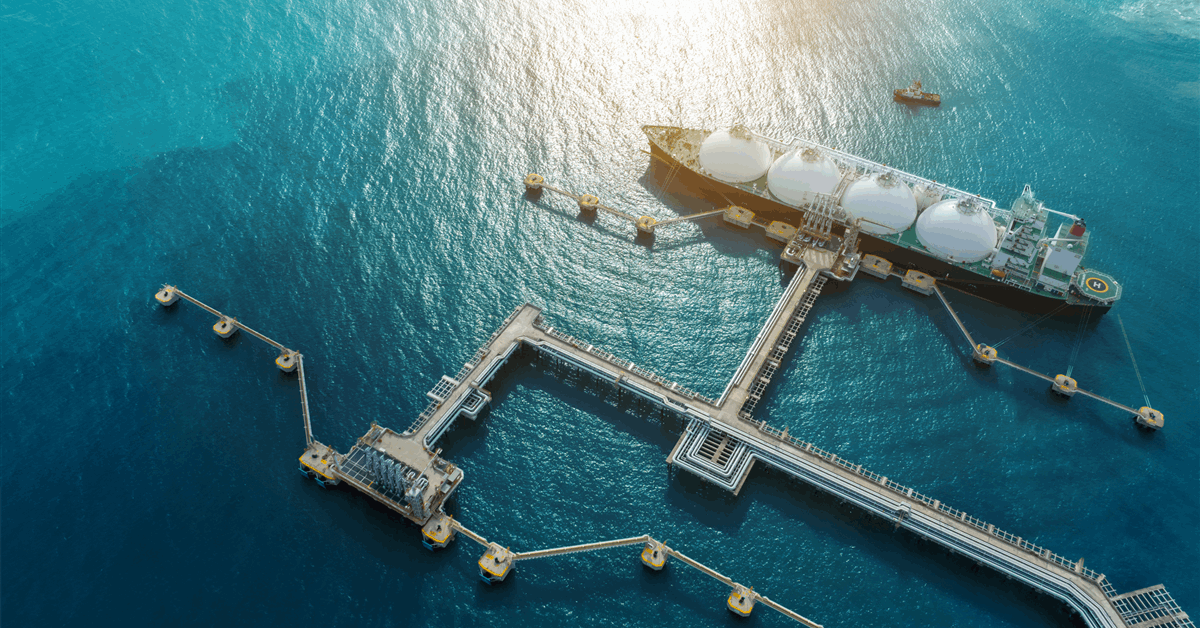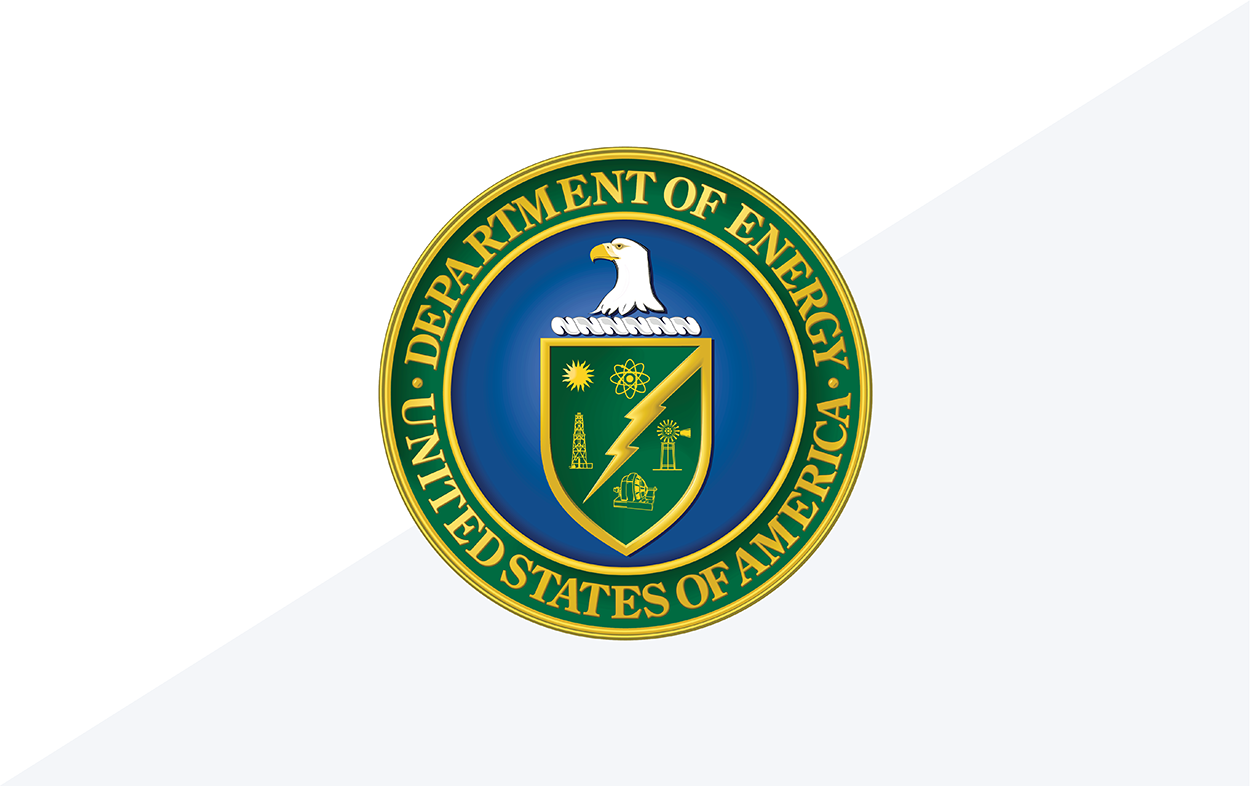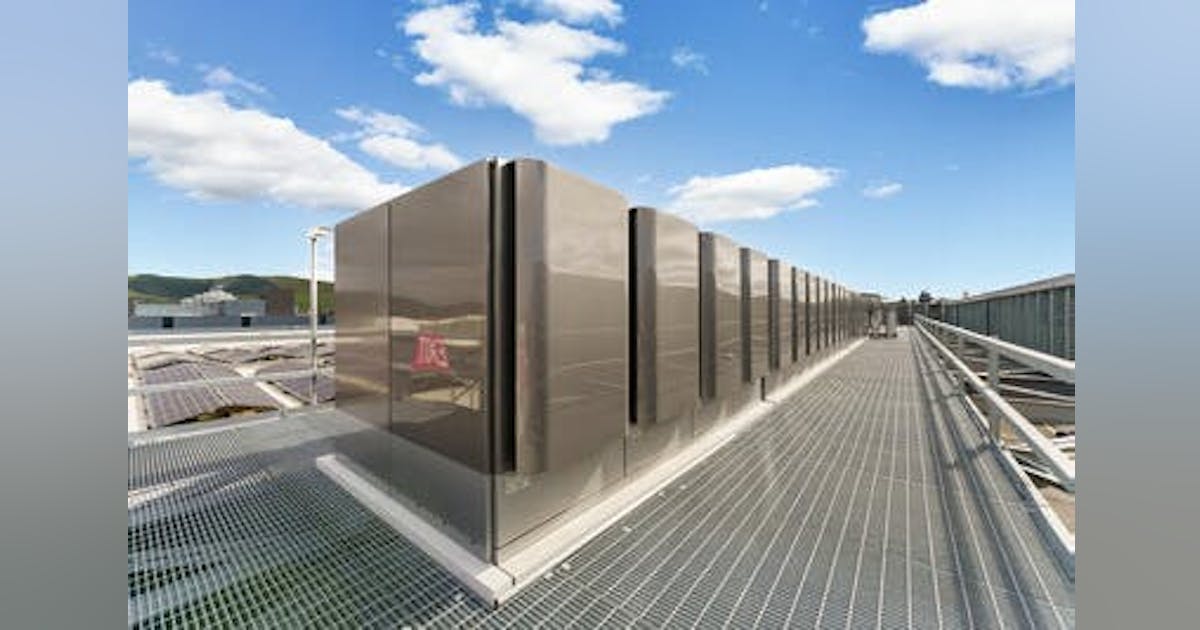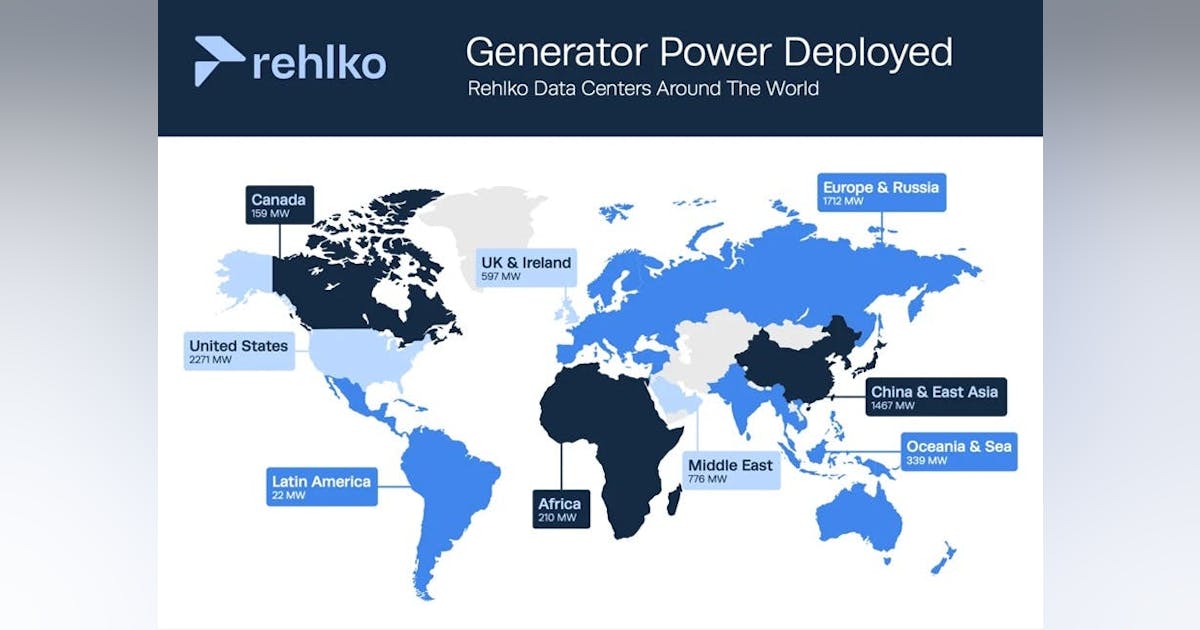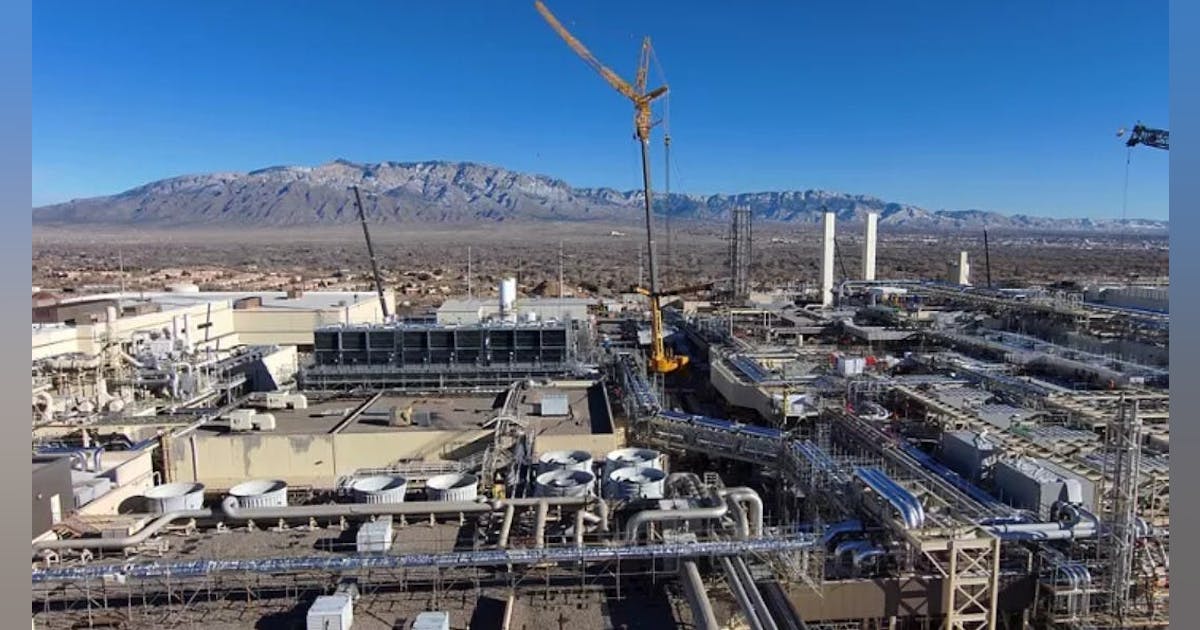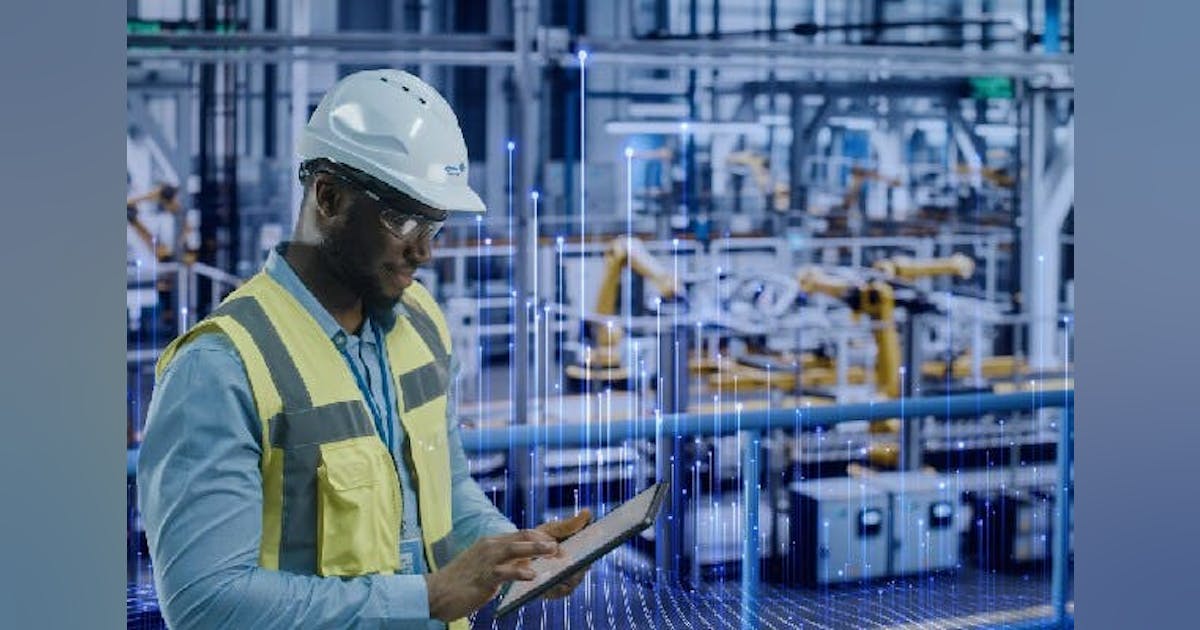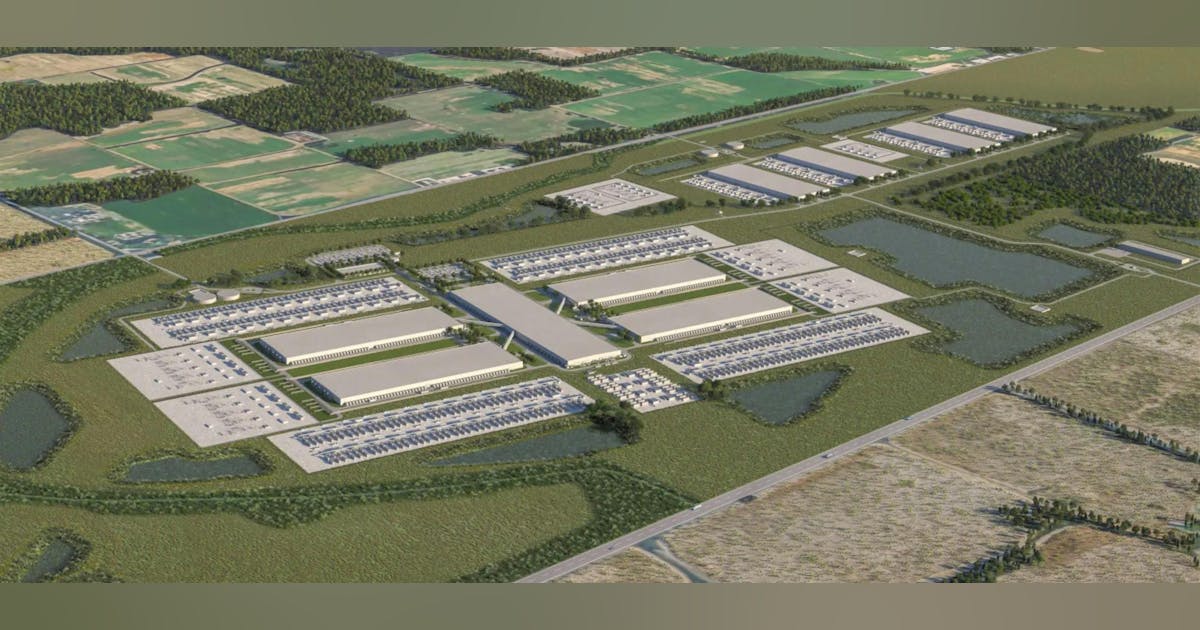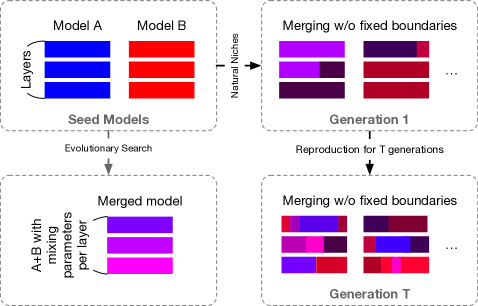Google DeepMind announced today a breakthrough artificial intelligence system that transforms how organizations analyze Earth’s surface, potentially revolutionizing environmental monitoring and resource management for governments, conservation groups, and businesses worldwide.
The system, called AlphaEarth Foundations, addresses a critical challenge that has plagued Earth observation for decades: making sense of the overwhelming flood of satellite data streaming down from space. Every day, satellites capture terabytes of images and measurements, but connecting these disparate datasets into actionable intelligence has remained frustratingly difficult.
“AlphaEarth Foundations functions like a virtual satellite,” the research team writes in their paper. “It accurately and efficiently characterizes the planet’s entire terrestrial land and coastal waters by integrating huge amounts of Earth observation data into a unified digital representation.”
The AI system reduces error rates by approximately 23.9% compared to existing approaches while requiring 16 times less storage space than other AI systems. This combination of accuracy and efficiency could dramatically lower the cost of planetary-scale environmental analysis.
The AI Impact Series Returns to San Francisco – August 5
The next phase of AI is here – are you ready? Join leaders from Block, GSK, and SAP for an exclusive look at how autonomous agents are reshaping enterprise workflows – from real-time decision-making to end-to-end automation.
Secure your spot now – space is limited: https://bit.ly/3GuuPLF
How the AI compresses petabytes of satellite data into manageable intelligence
The core innovation lies in how AlphaEarth Foundations processes information. Rather than treating each satellite image as a separate piece of data, the system creates what researchers call “embedding fields” — highly compressed digital summaries that capture the essential characteristics of Earth’s surface in 10-meter squares.
“The system’s key innovation is its ability to create a highly compact summary for each square,” the research team explains. “These summaries require 16 times less storage space than those produced by other AI systems that we tested and dramatically reduces the cost of planetary-scale analysis.”
This compression doesn’t sacrifice detail. The system maintains what the researchers describe as “sharp, 10×10 meter” precision while tracking changes over time. For context, that resolution allows organizations to monitor individual city blocks, small agricultural fields, or patches of forest — critical for applications ranging from urban planning to conservation.
Brazilian researchers use the system to track Amazon deforestation in near real-time
More than 50 organizations have been testing the system over the past year, with early results suggesting transformative potential across multiple sectors.
In Brazil, MapBiomas uses the technology to understand agricultural and environmental changes across the country, including within the Amazon rainforest. “The Satellite Embedding dataset can transform the way our team works,” Tasso Azevedo, founder of MapBiomas, said in a statement. “We now have new options to make maps that are more accurate, precise and fast to produce — something we would have never been able to do before.”
The Global Ecosystems Atlas initiative employs the system to create what it calls the first comprehensive resource for mapping the world’s ecosystems. The project helps countries classify unmapped regions into categories like coastal shrublands and hyper-arid deserts — crucial information for conservation planning.
“The Satellite Embedding dataset is revolutionizing our work by helping countries map uncharted ecosystems — this is crucial for pinpointing where to focus their conservation efforts,” said Nick Murray, Director of the James Cook University Global Ecology Lab and Global Science Lead of Global Ecosystems Atlas.
The system solves satellite imagery’s biggest problem: clouds and missing data
The research paper reveals sophisticated engineering behind these capabilities. AlphaEarth Foundations processes data from multiple sources — optical satellite images, radar, 3D laser mapping, climate simulations, and more — weaving them together into a coherent picture of Earth’s surface.
What sets the system apart technically is its handling of time. “To the best of our knowledge, AEF is the first EO featurization approach to support continuous time,” the researchers note. This means the system can create accurate maps for any specific date range, even interpolating between observations or extrapolating into periods with no direct satellite coverage.
The model architecture, dubbed “Space Time Precision” or STP, simultaneously maintains highly localized representations while modeling long-distance relationships through time and space. This allows it to overcome common challenges like cloud cover that often obscures satellite imagery in tropical regions.
Why enterprises can now map vast areas without expensive ground surveys
For technical decision-makers in enterprise and government, AlphaEarth Foundations could fundamentally change how organizations approach geospatial intelligence.
The system excels particularly in “sparse data regimes” — situations where ground-truth information is limited. This addresses a fundamental challenge in Earth observation: while satellites provide global coverage, on-the-ground verification remains expensive and logistically challenging.
“High-quality maps depend on high-quality labeled data, yet when working at global scales, a balance must be struck between measurement precision and spatial coverage,” the research paper notes. AlphaEarth Foundations’ ability to extrapolate accurately from limited ground observations could dramatically reduce the cost of creating detailed maps for large areas.
The research demonstrates strong performance across diverse applications, from crop type classification to estimating evapotranspiration rates. In one particularly challenging test involving evapotranspiration — the process by which water transfers from land to atmosphere — AlphaEarth Foundations achieved an R² value of 0.58, while all other methods tested produced negative values, indicating they performed worse than simply guessing the average.
Google positions Earth monitoring AI alongside its weather and wildfire systems
The announcement places Google at the forefront of what the company calls “Google Earth AI” — a collection of geospatial models designed to tackle planetary challenges. This includes weather predictions, flood forecasting, and wildfire detection systems that already power features used by millions in Google Search and Maps.
“We’ve spent years building powerful AI models to solve real-world problems,” write Yossi Matias, VP & GM of Google Research, and Chris Phillips, VP & GM of Geo, in an accompanying blog post published this morning. “These models already power features used by millions, like flood and wildfire alerts in Search and Maps; they also provide actionable insights through Google Earth, Google Maps Platform and Google Cloud Platform.”
The release includes the Satellite Embedding dataset, described as “one of the largest of its kind with over 1.4 trillion embedding footprints per year,” available through Google Earth Engine. This dataset covers annual snapshots from 2017 through 2024, providing historical context for tracking environmental changes.
The 10-meter resolution protects privacy while enabling environmental monitoring
Google emphasizes that the system operates at a resolution designed for environmental monitoring rather than individual tracking. “The dataset cannot capture individual objects, people, or faces, and is a representation of publicly available data sources, such as meteorological satellites,” the company clarifies.
The 10-meter resolution, while precise enough for most environmental applications, intentionally limits the ability to identify individual structures or activities — a design choice that balances utility with privacy protection.
A new era of planetary intelligence arrives through Google Earth Engine
The availability of AlphaEarth Foundations through Google Earth Engine could democratize access to sophisticated Earth observation capabilities. Previously, creating detailed maps of large areas required significant computational resources and expertise. Now, organizations can leverage pre-computed embeddings to generate custom maps rapidly.
“This breakthrough enables scientists to do something that was impossible until now: create detailed, consistent maps of our world, on-demand,” the research team writes. “Whether they are monitoring crop health, tracking deforestation, or observing new construction, they no longer have to rely on a single satellite passing overhead.”
For enterprises involved in supply chain monitoring, agricultural production, urban planning, or environmental compliance, the technology offers new possibilities for data-driven decision-making. The ability to track changes at 10-meter resolution globally, with annual updates, provides a foundation for applications ranging from verifying sustainable sourcing claims to optimizing agricultural yields.
The Satellite Embedding dataset is available now through Google Earth Engine, with AlphaEarth Foundations continuing development as part of Google’s broader Earth AI initiative. As one researcher noted during the press briefing, the question facing organizations isn’t whether they need planetary-scale intelligence anymore — it’s whether they can afford to operate without it.
Daily insights on business use cases with VB Daily
If you want to impress your boss, VB Daily has you covered. We give you the inside scoop on what companies are doing with generative AI, from regulatory shifts to practical deployments, so you can share insights for maximum ROI.
Read our Privacy Policy
Thanks for subscribing. Check out more VB newsletters here.
An error occured.


